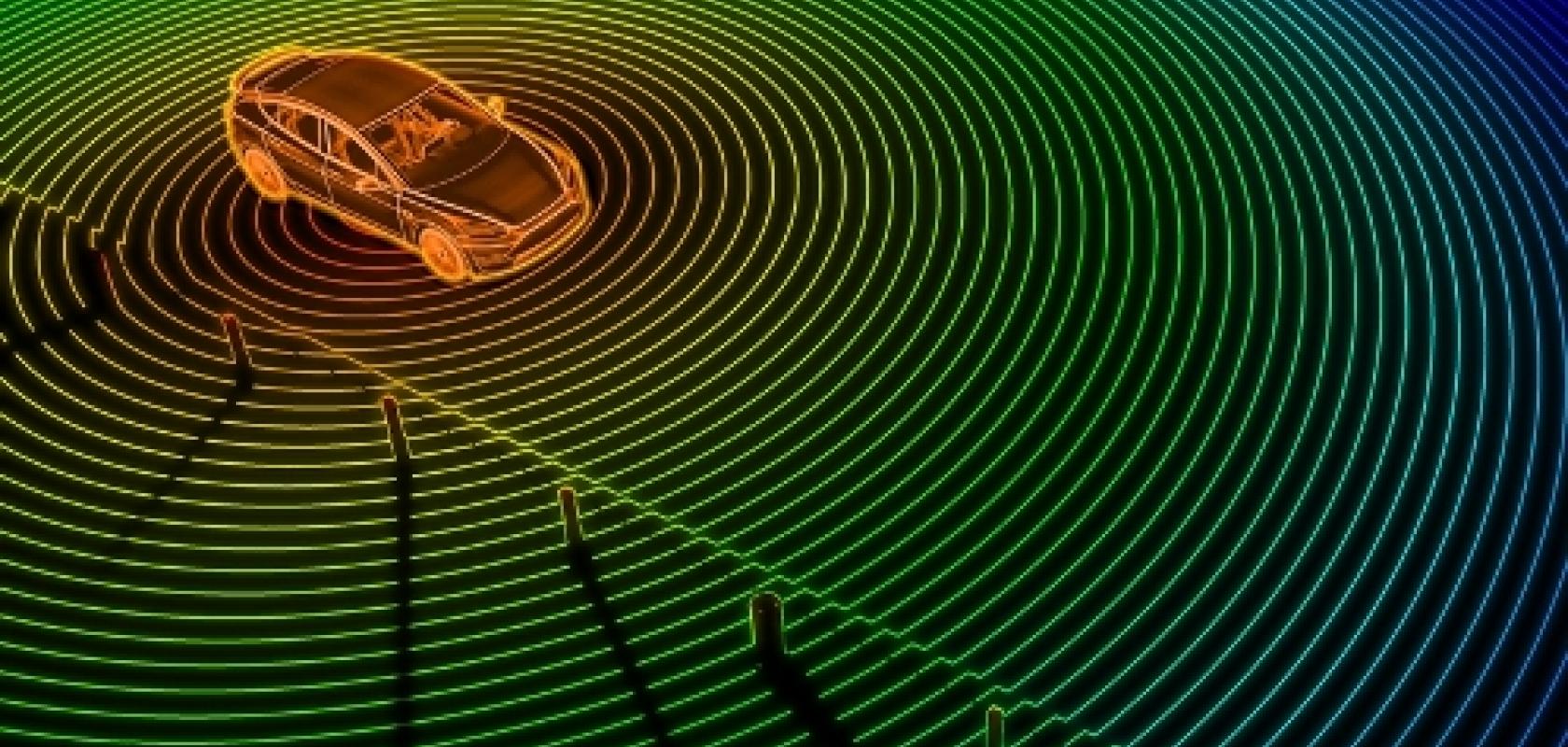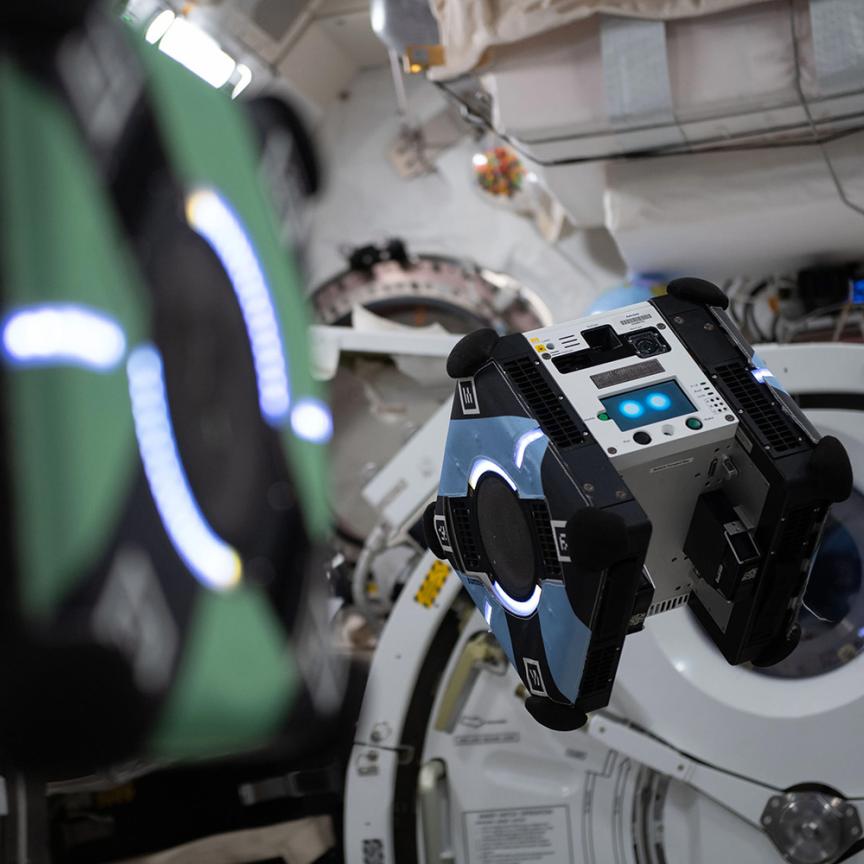UK start-up, Photonic Vision, has developed what it considers a disruptive approach to time-of-flight sensing for lidar.
Its LidarVision detector is able to reach high sensitivity without using avalanche multiplication. In addition, the focal plane array is able to capture video data alongside the time-of-flight data.
It is a silicon-based sensor and therefore can be manufactured using CMOS fabrication methods for low-cost production at volume.
John Morcom, managing director of Photonic Vision, presented the technology at the UK Knowledge Transfer Network’s Intelligent Imaging meeting on 29 April in London.
‘Lidar is a complicated technology and you’ve got to get all the different aspects right,’ he said at the event. ‘But in our view it stems from getting the detector technology right, because that is what sets the amount of power that you have to emit, and that’s a large driver in the cost. We think we’ve developed a disruptive approach to that. We can leverage existing image sensor foundries … to create a very low-cost detector that also means you get a very low-cost lidar.’
Photonic Vision won an Open Competition grant with Innovate UK, the money from which was used to build prototypes of a fully solid-state lidar and a panoramic lidar, both of them using the LidarVision detector.
It was also a winner of ZKW’s 2018 start-up competition – ZKW is a strategic partner to the automotive industry – and has been working with silicon foundries to do the modelling that’s necessary to build a fully custom sensor that meets the needs of automotive OEM clients.
Morcom said that the firm is now looking for partners to take the technology forward.
Speaking to Imaging and Machine Vision Europe, Morcom said that an important factor for lidar design is the relationship between the intrinsic noise of the detector and pixel size. He estimates that under appropriate conditions the firm’s detector can provide a reduction in noise of around 5- to 10-times compared to traditional avalanche photodiode approaches.
Photonic Vision’s prototypes have ranged to vehicles and buildings at distances of 150m, although Morcom said these distances were achieved with the prototype system and the technology is capable of detecting over longer ranges.
The LidarVision detector is silicon-based operating at 905nm, which in Morcom’s opinion is superior to working at 1,550nm, as lower laser power is used at 905nm resulting in a low-cost system.
‘The cost-analysis we’ve done show that in large volumes we [Photonic Vision] should be able to meet the sort of cost targets that car makers want to achieve,’ Morcom said at the event, adding that OEMs quote $100 to $200 as what they would hope to pay for a lidar system.
Photonic Vision has tested its lidar system in an environment chamber and shown that it can operate in adverse weather conditions like fog and snow. However, Morcom said that there is a limit to how well the technology will perform under such conditions, as there will be scattering and signal loss. The LidarVision detector is able to determine when its maximum operating range is impaired, which Morcom said is an important function of the sensor.
The ability to output both lidar and video data from a single focal plane array is another advantage of the technology. Morcom said the resolution of the sensor is lower than cameras normally used onboard cars, but there are other applications where combining imaging and lidar would be useful, for reducing weight onboard drones, for example.
With the push towards autonomous driving, lidar has emerged as one of the most important enabling technologies for vehicle sensing. Market analyst Yole Développement predicts the lidar markets for advanced driver assistance systems and robotic cars to reach $6.3 billion by 2024.
Two lidar firms have recently announced successful funding rounds: Israeli company Innoviz Technologies has raised a total of $214 million, while Ouster has raised $89 million. Both firms received awards at the Consumer Electronics Show at the start of the year.
Bill Gates is also funding a start-up called Lumotive, which is developing a beam-steering technology based on liquid crystal metasurfaces.
Futher reading:
Real commitment for lidar from automotive OEMs - Greg Blackman reports from the 2018 Image Sensors conference in London


